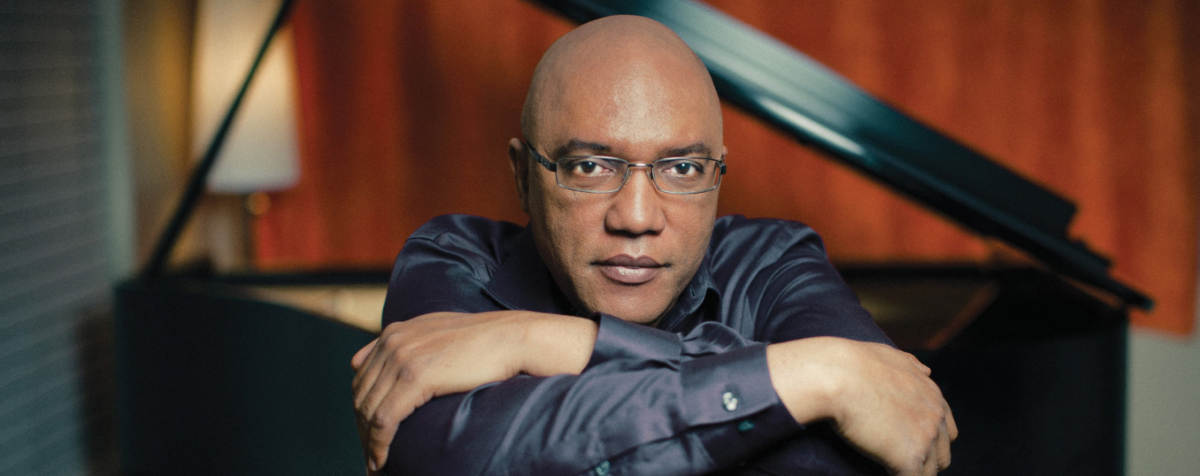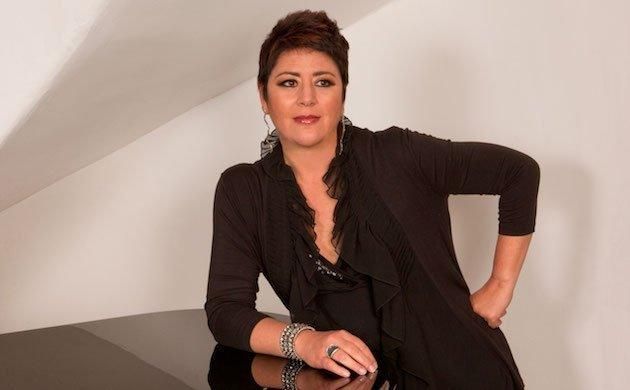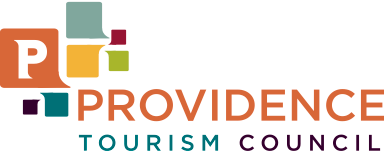THE STORY BEHIND: Mendelssohn's Violin Concerto
Share
On November 9, RI Philharmonic Music Director Designate Ruth Reinhardt and the Rhode Island Philharmonic Orchestra will present WELCOME RUTH REINHARDT with violinist Blake Pouliot.
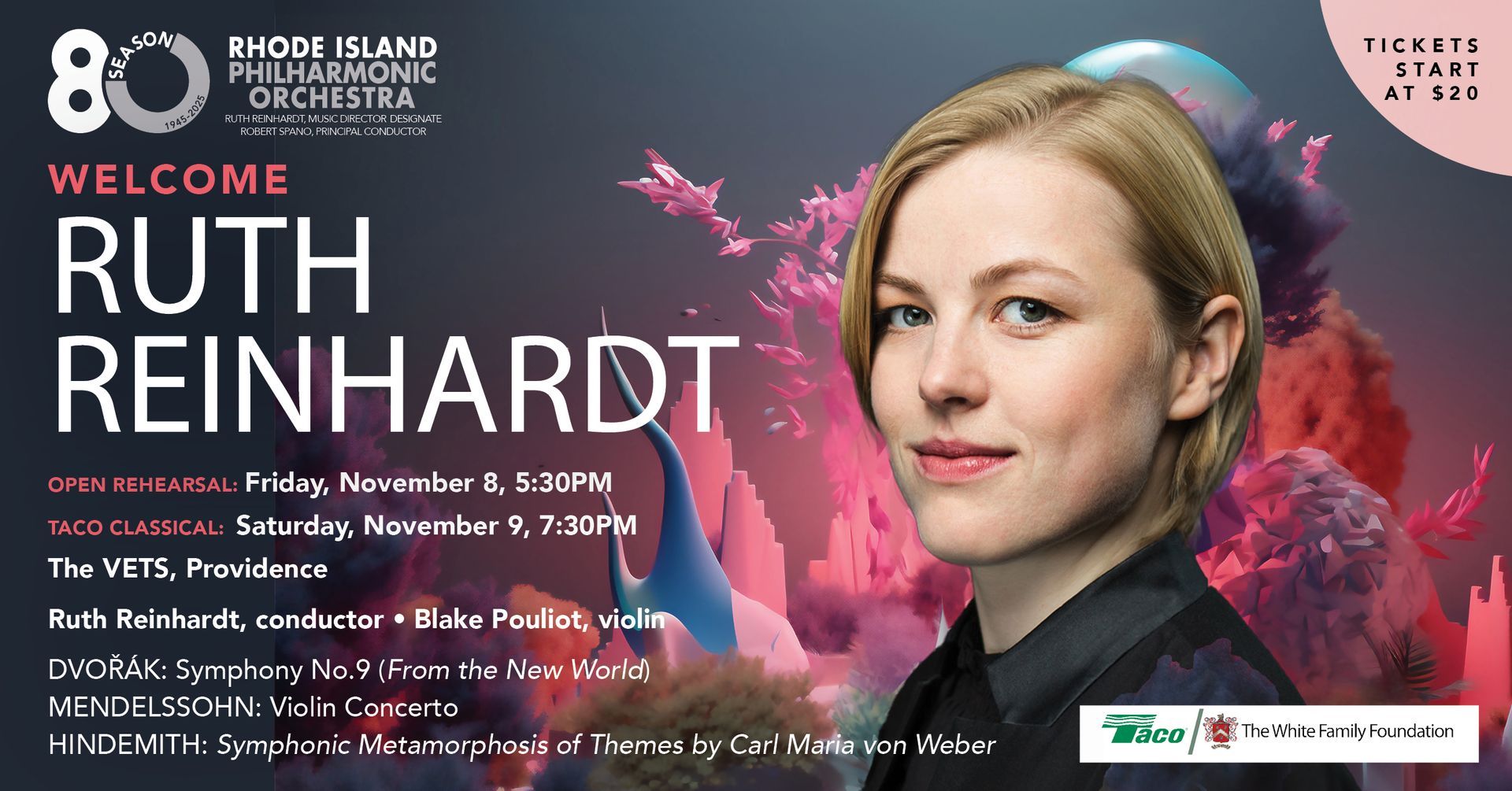
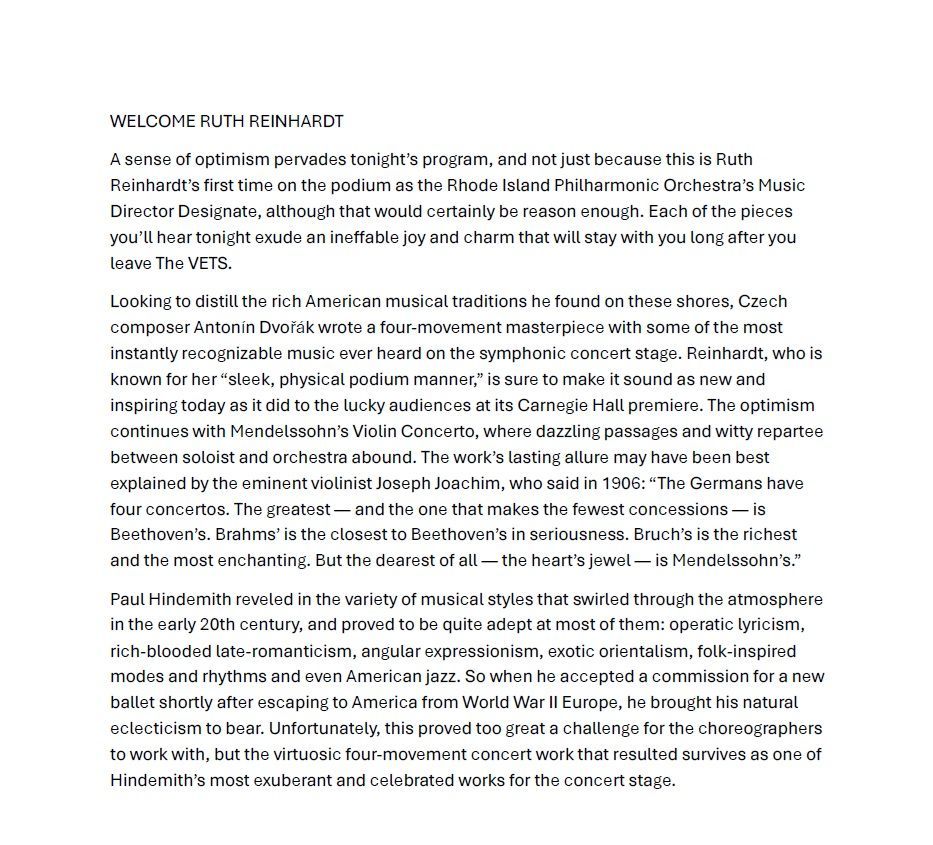
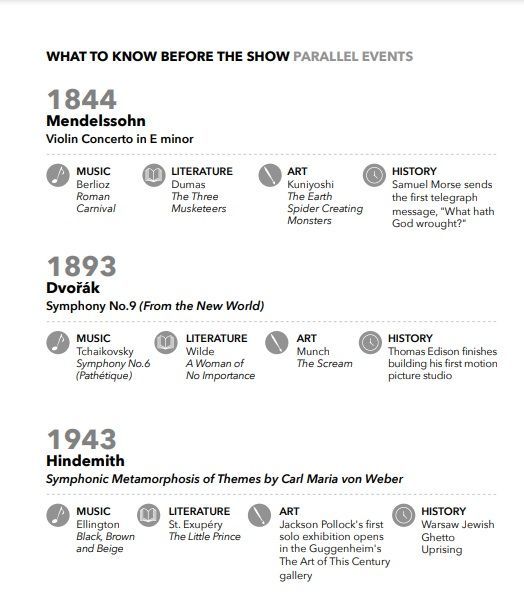
Title: Violin Concerto, op.64, in E minor
Composer: Felix Mendelssohn (1809-1847)
Last time performed by the Rhode Island Philharmonic:
Last performed May 21, 2022 with Tania Miller conducting and soloist Ray Chen. This piece is scored for two flutes, two oboes, two clarinets, two bassoons, two horns, two trumpets, timpani and strings.
The Story: This beloved concerto was a gift of friendship to a musician particularly close to Mendelssohn’s heart. Ferdinand David was a boyhood friend of the composer, and shortly after he took over the directorship of the Leipzig Gewandhaus Orchestra, Mendelssohn invited the violinist to be his concertmaster, a position which he held for 37 years.
In 1844, blissfully unaware of the looming tragedy that was to befall him three years later, Mendelssohn was enjoying all the fortune his prodigious talent, privileged upbringing, and happy marriage could offer. His first name, Felix (Latin for “happy”), appeared to be a good omen. Such inherent happiness can be heard in a letter he wrote to David in 1838: “I realize that there are not many musicians who pursue such a straight road in art undeviatingly as you do, or in whose active course I could feel the same intense delight that I do in yours.” Such a close bond provided the spark for the first sketches of the Violin Concerto, but other commitments prevented him from completing the work until 1844. Once he was able to focus on it however, we see the composer’s Romantic passion balanced by Classical restraint, lyricism balanced by humor, and virtuosity balanced by depth of expression.
Dispensing with the tradition of an orchestral exposition at the beginning of his concerto, Mendelssohn immediately introduces the solo instrument, with a soaring melody, at the outset of the first movement; and the soloist remains the center of attention throughout almost the entire work, with breaks only few and far between. In another striking departure from convention, the movements of this concerto are played attacca, meaning without pause. Listen for a single note held by a solo bassoon linking the first movement to the beautiful Andante section of the second movement, and then for a brief melodic passage, scored for solo violin and string orchestra, that serves as a bridge between the second and third movements.
There is a fully composed cadenza (possibly co-composed by David) found in the first movement, but Mendelssohn moves it from its traditional place at the end of the movement to the middle, making it grow organically out of the development section and resolve just as naturally in the recapitulation. But the cadenza does not simply end when the orchestra reenters; it continues while the flute, the oboe, and the first violins play the main theme — another example of the kind of seamless transition between sections that Mendelssohn felt such a work full of hope and optimism work deserved.
Program Notes by Jamie Allen © 2024 ALL RIGHTS RESERVED
Tickets start at $20! Click HERE or call 401-248-7000 to purchase today!
